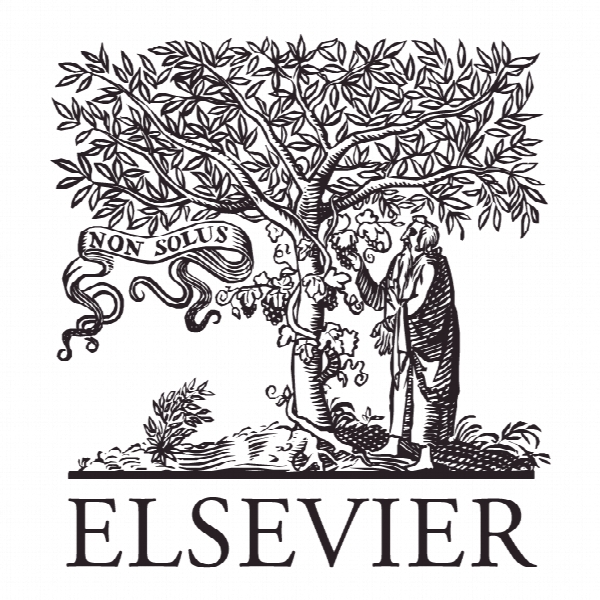مدیریت گذار به مدل جدید کسب و کار سریع و توسعه محصول: درس های سیستم سیسکو Managing the transition to the new agile business and product development model: Lessons from Cisco Systems
- نوع فایل : کتاب
- زبان : انگلیسی
- ناشر : Elsevier
- چاپ و سال / کشور: 2017
توضیحات
رشته های مرتبط مدیریت
گرایش های مرتبط مدیریت کسب و کار MBA
مجله افق های تجارت – Business Horizons
دانشگاه دانشکده مدیریت، سان فرانسیسکو، امریکا
نشریه نشریه الزویر
گرایش های مرتبط مدیریت کسب و کار MBA
مجله افق های تجارت – Business Horizons
دانشگاه دانشکده مدیریت، سان فرانسیسکو، امریکا
نشریه نشریه الزویر
Description
1. Introduction and literature review Since the publication of the Manifesto for Agile Software Development (Beck et al., 2001), the agile development model has been adopted by many companies and received increased attention in academic research. Organizations incorporating agile development face two major challenges: managing the transition for the company or business units, and developing new organizational environment and management practices that will sustain and support agile development practices once the transition to agile development practices is complete. Figure 1 depicts these two major challenges. Existing research has reported on many studies on the agile development method. Regarding the first challenge, prior research has proposed various frameworks to help companies make the transition from a traditional to an agile development process. Boehm and Turner (2003a) defined five decision factors–—size, criticality, personnel, dynamism, and cultural–—to help companies decide whether they should adopt a traditional method, an agile development method, or some combination of the two. Qumer and Henderson-Sellers (2008) developed the agile adoption and improvement model (AAIM), which defines six levels of agile adoption— including agile infancy, agile initial, agile realization, agile value, agile smart, and agile progress. More recently, Gandomani and Nafchi (2015) used the grounded theory approach to develop an agile transition and adoption framework that includes five components: practice selection, adaption, assessment, retrospective, and adjustment. Regarding the second challenge of developing new management practices to enable and sustain the agile development process, many studies discussed the impact of adopting agile development on management practices. Nerur, Mahapatra, and Mangalaraj (2005) analyzed the impact of the agile method on management style, organizational control, communication, and customer role. Hoda, Noble, and Marshall (2011) explained all required roles in an agile self-autonomy team. Moreover, previous studies argue that project managers, especially those who are experienced in traditional software development, need to transition from a traditional commander role to a leadership role. For example, Ambler (2005a) indicated that in agile teams, managers need to act as the team coach. Other studies analyzed the impact ofthe agile development method on additional management functions and practices, including planning (Ambler, 2005b; Boehm & Turner, 2003b), management coordination (Strode, Huff, Hope, & Link, 2012), and task design (James, 2010; Thomke & Reinersten, 1998). Scholars have also discussed characteristics of the customer in the agile method (Cohen, Lindvall, & Costa, 2004; Turner & Boehm, 2003), which has important implications for how agile teams operate.


